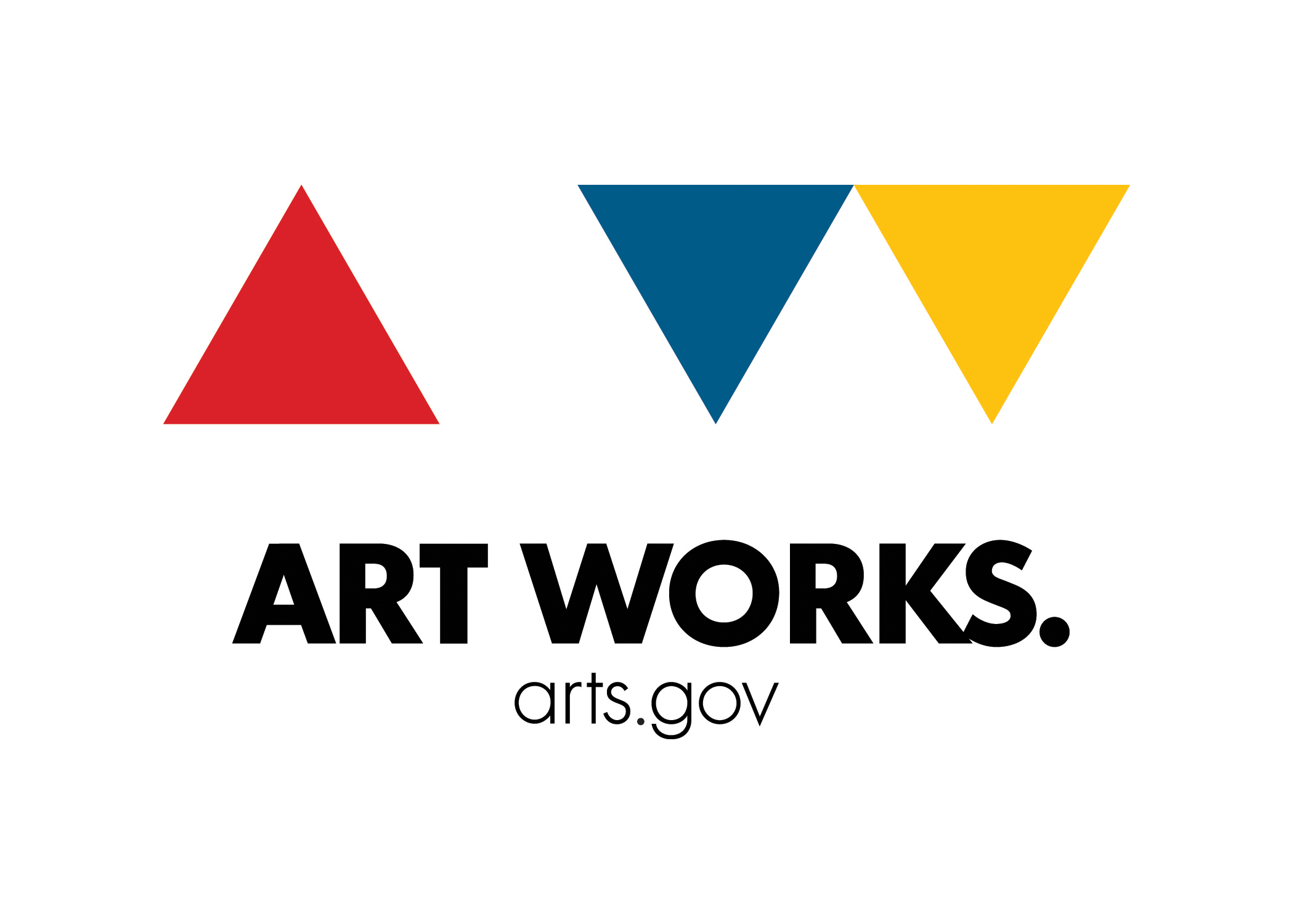A good interview depends on more than just a list of questions.
* Make your approach polite and respectful
Explain what you’re doing. Be confident. Assume your subject will want to talk to you. The way people respond depends on how you approach them. The trick is to make people realize that your project is both fun and important. Also let people know that everything can and will be edited.
* Make the interview situation comfortable before you start
Move chairs around, get close so you don’t have to reach. For example: sit at the corner of a table, not across, so you can hold the microphone close and your arm won’t grow weak.
* Record interviews in the quietest place possible
Be careful of TVs, stereos, traffic noise, wind, anything that will be distracting from the interview. Even refrigerators can make an annoying sound that you might not notice until you get home and listen to the tape. Sometimes you want the sound of the environment. But it’s best to gather that separately, and record all the important interviews in a quiet place. Anytime you are in a loud room or noisy environment, remember to collect a few minutes of that sound on its own ‹ what is called a “sound bed” or ambiance. If you have to record an interview in a loud place, it can help to bring the microphone even closer (2-3 inches) to the speaker’s mouth.
* Keep the microphone close
It bears repeating here: just as when you are recording yourself, the most important thing is to keep the microphone close to the speaker’s mouth (5-6 inches). If you want to record your questions too, you’ll have to move the microphone back and forth.
* Always hold the microphone
Don’t let the interviewee take the microphone. It’s better if you keep control of the equipment.
* Put people at ease
Talk about the weather. Joke about the microphone. It’s a good idea to begin recording a few minutes before you actually start the interview. That helps you avoid the uncomfortably dramatic moment: “Okay, now we will begin recording.” Just chat about anything while you begin rolling tape. Before they realize it, you’ve started the interview.
* Maintain eye contact
Keep the microphone below the line of sight. Talk to people just as you would normally. In groups, don’t let everyone talk at once If you are interviewing a few people at once, have them gather around close to the microphone.
* Try to focus on one or two people
Less is more. You’re better off zeroing in on the characters you think are the best. Also get people to identify themselves on tape.
* Watch out for uh-huhs
Be aware of natural conversational responses like uh-huhs or laughter. Try to use quiet responses: a concerned nod, questioning eyes, the silent laugh.
* Don’t be afraid of pauses and silences
Resist the temptation to jump in. Let the person think. Often the best comments come after a short, uncomfortable silence when the person you are interviewing feels the need to fill the void and add something better.
* Let people talk in full sentences
Avoid questions that can be answered with a simple yes or no. Instead of, “Are you a doctor?” ask, “Tell me how you became a doctor.” Remember that you want people to tell you stories.
* Get people to ‘do’ things
In addition to the sit-down interview, have people show you around; record a tour of their house, their photo album or their car engine. It’s more fun to get people moving around and talking about what they’re doing, rather than just sitting in a chair. It helps to relax people before and during an interview. It’s also a way to get good tape.
* Listening is the key
A good interview is like a conversation. Prepare questions, but don’t just follow a list. The most important thing is to listen and have your questions come naturally. If your questions are rehearsed and hollow, the answers will be too. If you are curious and your questions are spontaneous and honest, you will get a good interview.
* Interviewing is a two-way street
Conducting a good interview depends, in part, on asking the right questions. But it is also important to establish a relationship with the person you are interviewing. Sometimes it is appropriate to share some information about yourself in an interview. Remember that it’s a conversation. What’s more, for it to be an honest conversation, people must feel that you care about what they say, and will honor and respect their words and stories.
* The foolproof question
Here is one simple question that always works: “How do you see things differently since (blank) happened?” If you’re talking to your mailman about the time he was chased for 2 blocks by a neighborhood dog, ask how he feels every time he goes by that house.
* Take notes
Remember specific details. Take notes immediately after the interview, while it’s still fresh in your mind. You can also use the tape recorder like a dictating machine.
* Relax and forget about the microphone
One thing that’s always amazing: in the beginning of an interview people are usually stiff and self-conscious, but after a while, they forget all about the tape recorder and start to be themselves.
* The last secret to a great interview
There is one simple rule for getting people to talk openly and honestly: you have to be genuinely curious about the world around you.
“I learned, from 25 years of writing down their words in notebooks, how real people really talk. I learned that syntax and rhythm were almost as individual as a fingerprint, and that one sentence, precisely transcribed, could effortlessly delineate a character in a way that five pages of exposition never could.”
—Anna Quindlen, Writer





